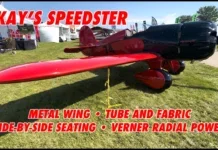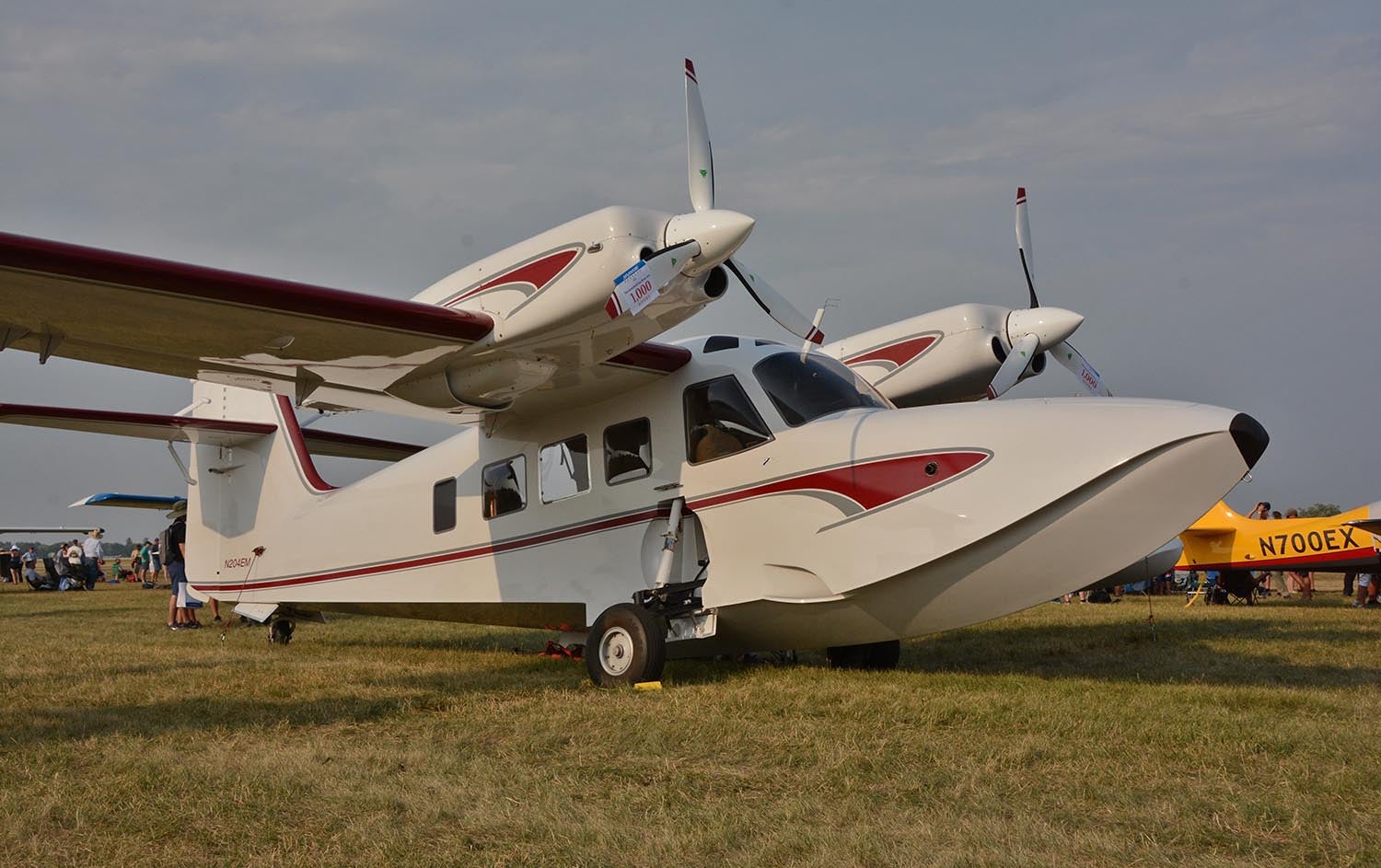
Nearly 20 years ago a modern flying boat was developed by Ben Ellison (yes, the throttle body guy) and friends. Photos were taken, flight reviews written and many readers excited by the dream of near hero-class water operations in a modern, corrosion-free airplane. But for several good reasons there wasn’t a commitment to kitting the design and only the single prototype of the Gweduck (say “Gooey Duck”) represented the breed.
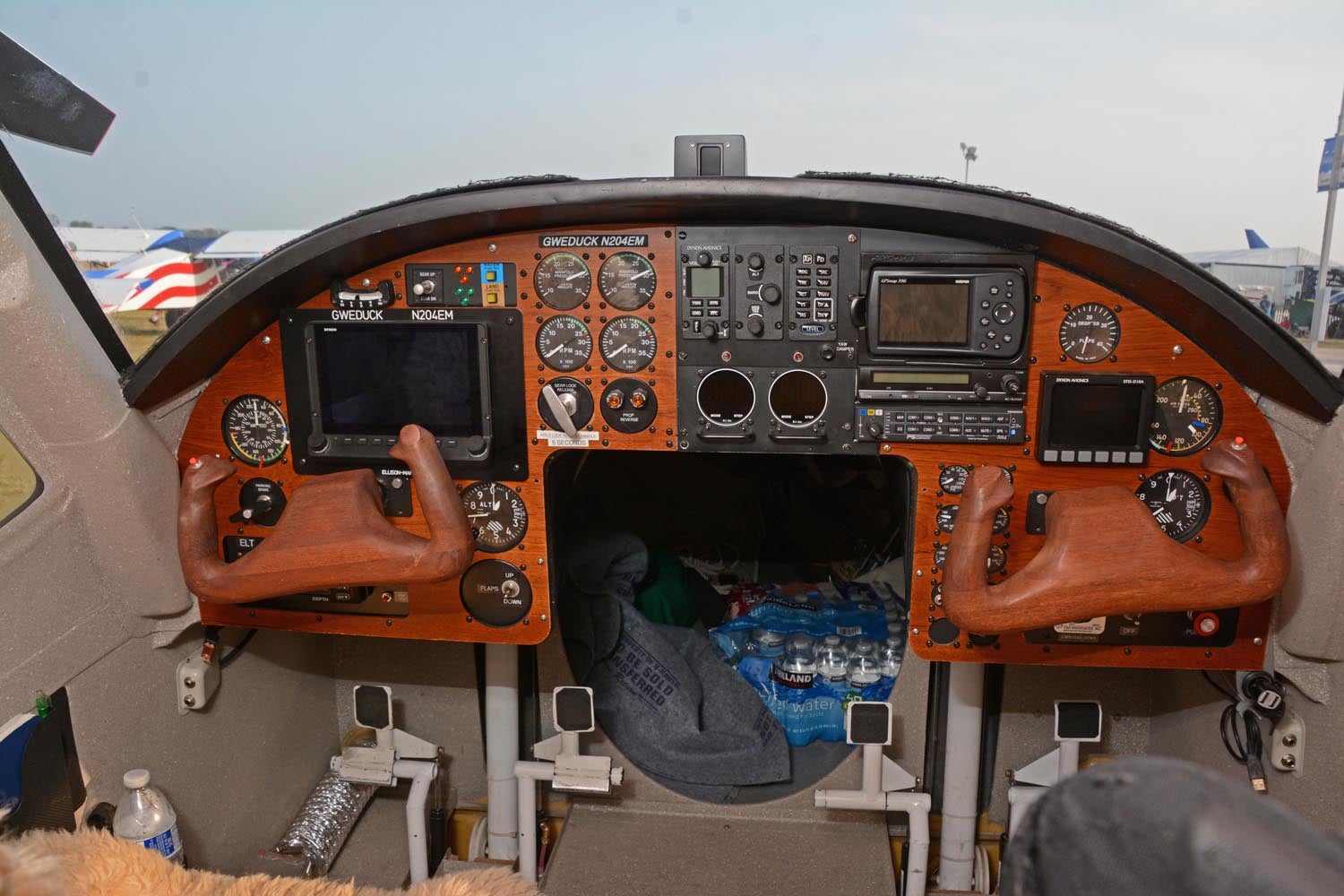
A good plane that serves a niche will find a market, however, and the Gweduck amphibian has now quietly advanced to kit status. It’s a big, complex and you better believe expensive kit requiring a cool $1 million by the time you’re flying, floating or coming ashore, but the design is available to stalwart builders and two new Gweducks are currently about halfway to completion.
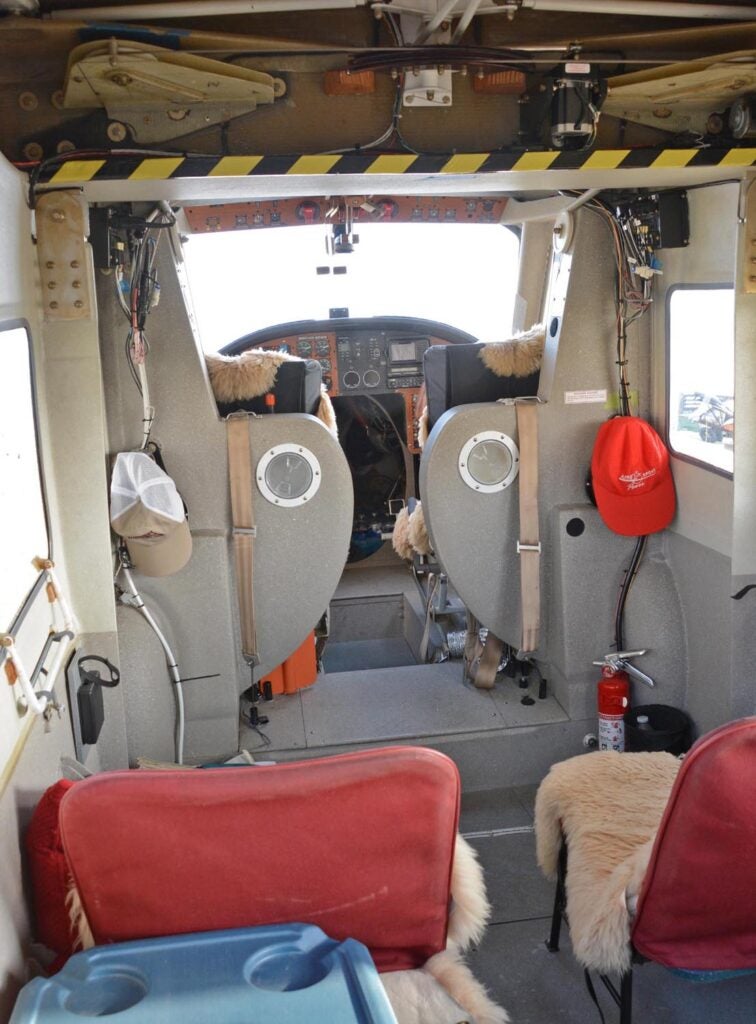
There’s just one major change from the now somewhat familiar Gweduck prototype: a move from fiberglass to carbon fiber construction throughout. Two decades ago carbon was a step too far; today it’s an understood and obtainable technology. An immediate advantage is trading perhaps up to 300 pounds of airframe for payload.
Otherwise the prototype has been proving the design in the real world for years and found good. Above all the composite Gweduck—whether it be fiberglass or carbon fiber—does not corrode. This is in marked contrast to the alternative, which is continuing the corrosion war with an 80 year old Grumman Widgeon or Goose. In fact, the Gweduck doesn’t leak, even a little, because it has no seams or openings below the water line. There’s no need to pump the bilge or sponsons because they never get water in them. Operating the prototype out of the Bahamas in hot salt water there wasn’t even a need to wash the airplane after each flight, a time and energy intensive chore familiar to any aluminum airplane owner in the area.
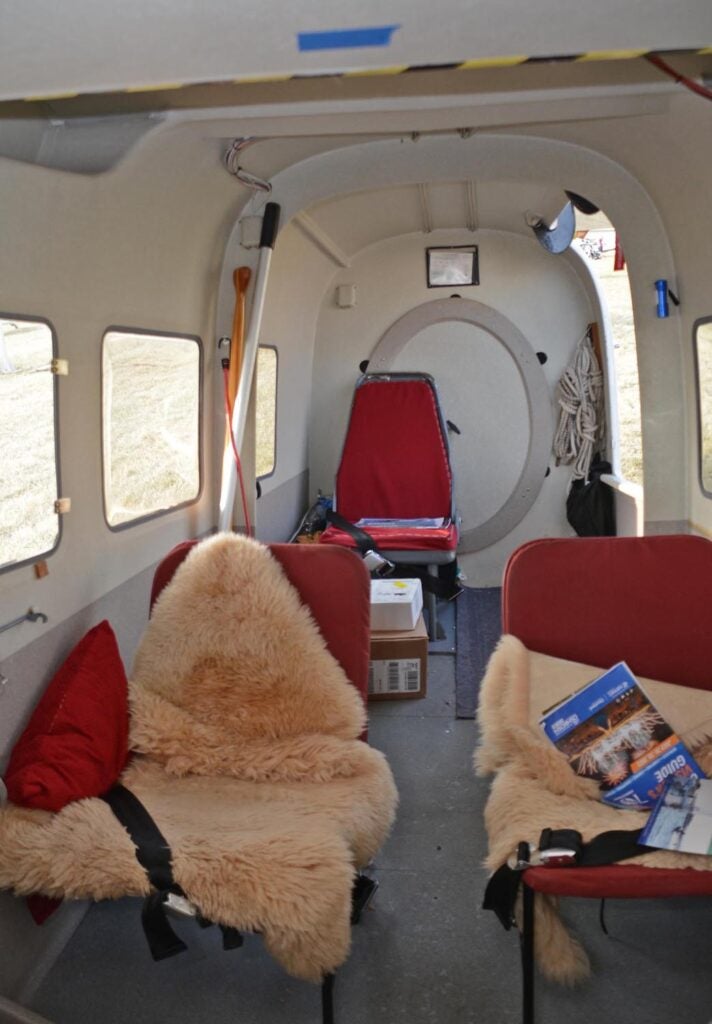
Building a Gweduck is a big job requiring a small team. The one-piece wing spans 48 feet before the sponsons are raised (making it 54 ft), and the fuselage is formed with large left and right halves, so it’s clear a large hangar is needed if nothing else. Naturally Gweduck has a specialist network available; the wing for example, is made in Arizona while a builder assist program is available in Prineville, Oregon.
Asked about handling Gweduck pilot Karen Stemwell says, “It’s very stable and easy to fly… [it] corrects all the Widgeon issues.” Which would be porpoising, something banished by the Gweduck’s ventilated forward hull, a feature borrowed from a large post-war Japanese seaplane.
Power on the prototype is supplied by a pair of 300 hp Lycoming angle-valve IO-540’s, essentially non-turbo versions of the Piper Navajo engines. They use updraft cooling and an over-the-wing exhaust exit. The propellers are expensive, feathering, reversible MT’s for agile water handling, docking and backing up on land. The Gweduck can basically turn around in its wingspan, says Karen.
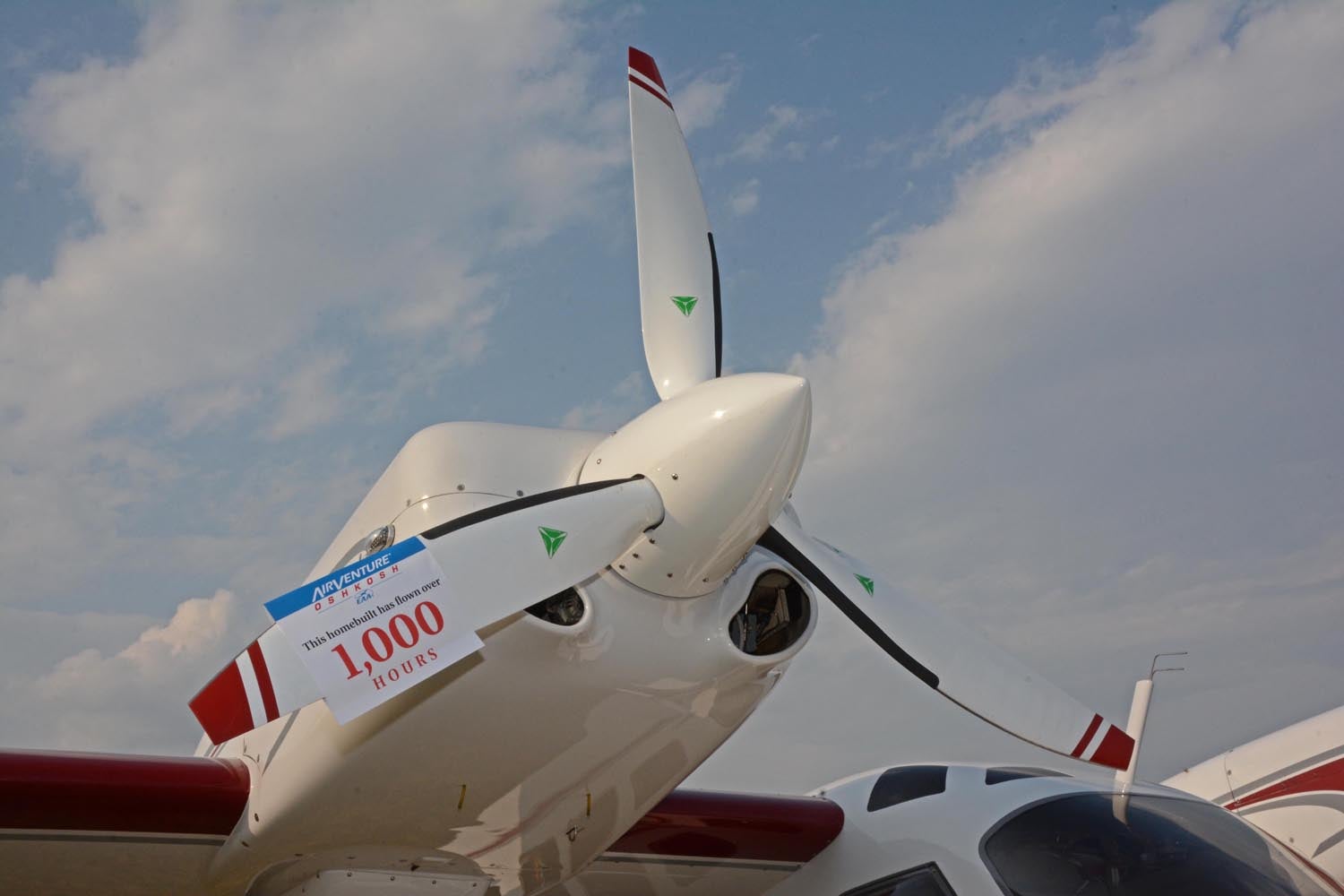
Fuel consumption is approximately 20 gph at 65 percent power and standard fuel capacity is 200 gallons, or 360 gallons with the long range option. Standard range is an impressive 1,000 nautical miles and endurance a bit over eight hours. Standard/Economical cruise speed is 120 knots/138 mph but 135 knots is available at 30 gph.
In person the Gweduck is a bit larger than you think. In reality it’s a little larger than a Widgeon and a bit smaller than a Goose. On land it’s rather tall at nearly 11 ft but it’s when you make the tall step into the aft cabin when you realize just what potential there is in the walk-around (only lightly stooped) cabin. The prototype’s interior tends to spartan, with exposed mechanicals and easy-clean surfaces in places appropriate for a day at the beach, but of course a motivated owner could easily trim it for luxury. Only the landing gear enclosures tighten cockpit access but they’re easy enough to squeeze by.
Gweduck fans ourselves, we sat in the cockpit at AirVenture and made water lapping sounds in our minds. With good stretch-out room and great vision from the left front seat our imagination ran away with possibilities. For more information see www.gweduck.com.



